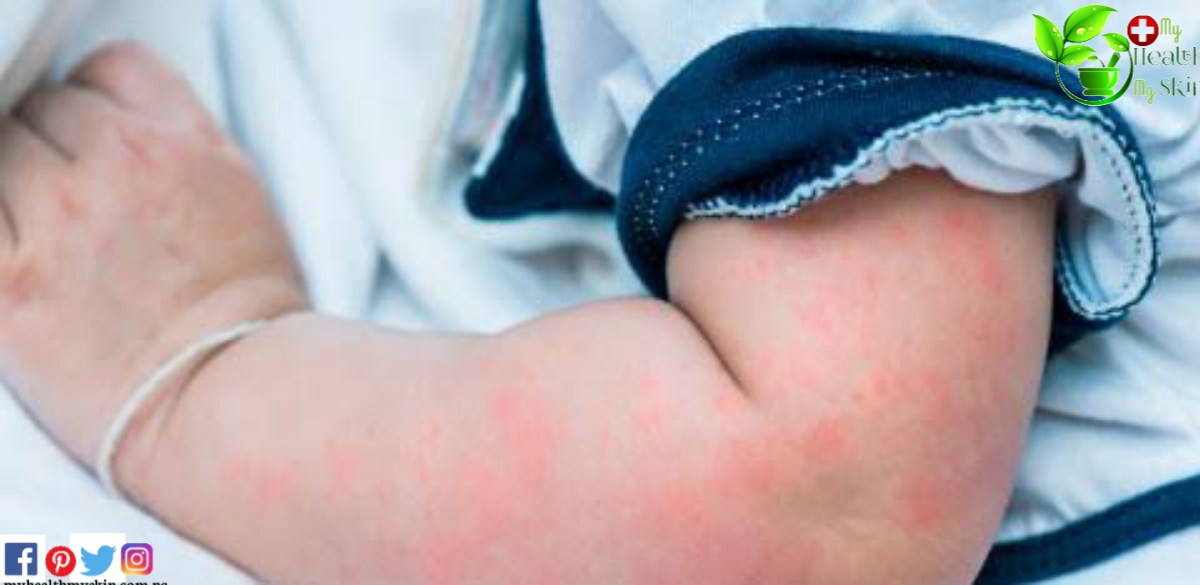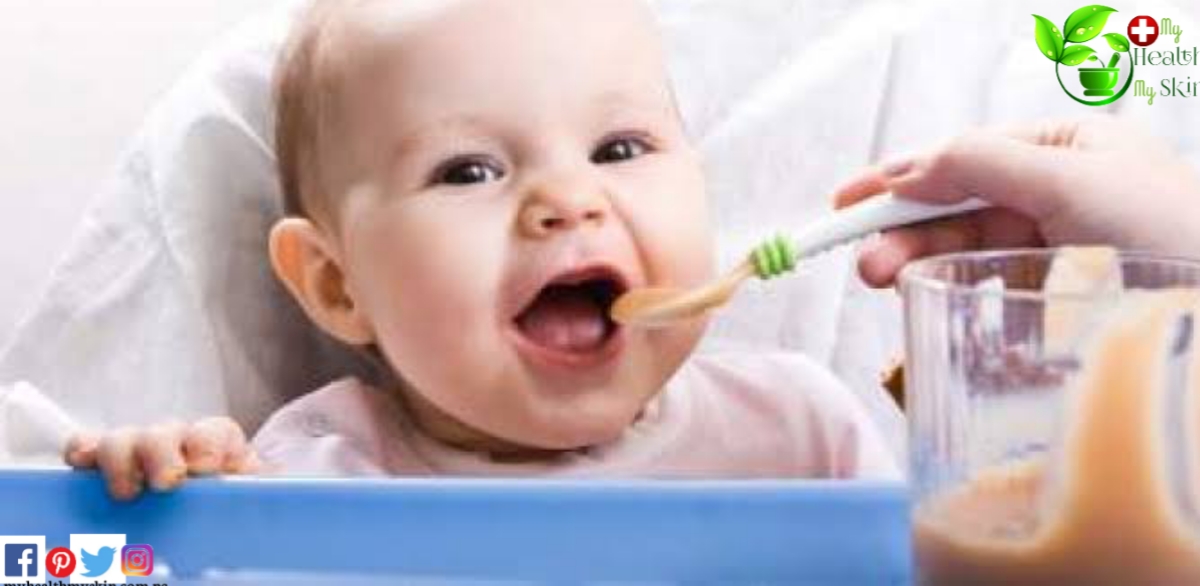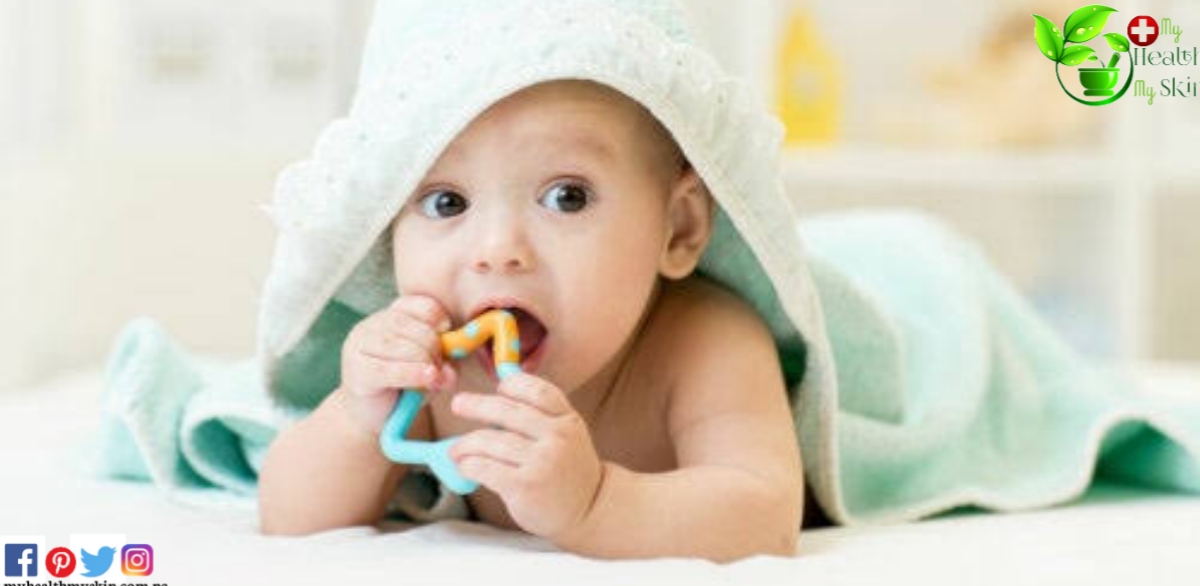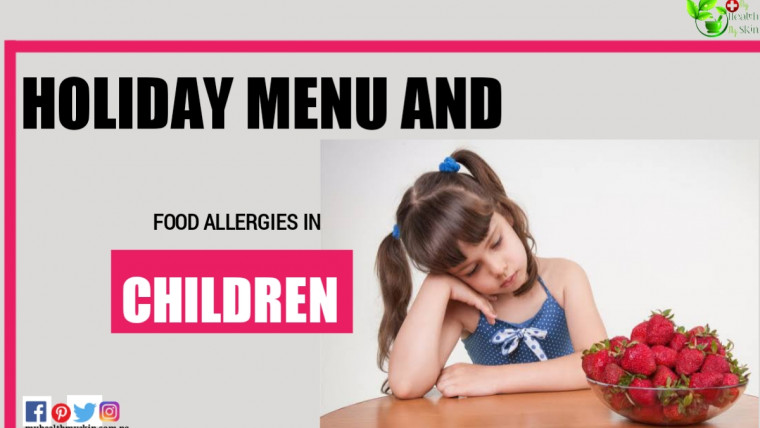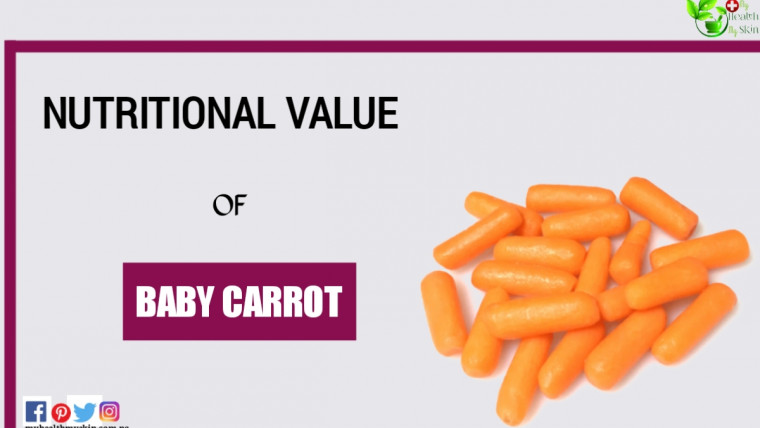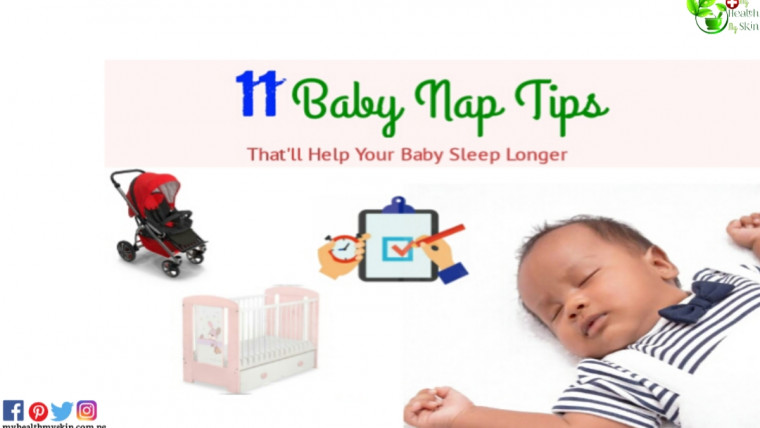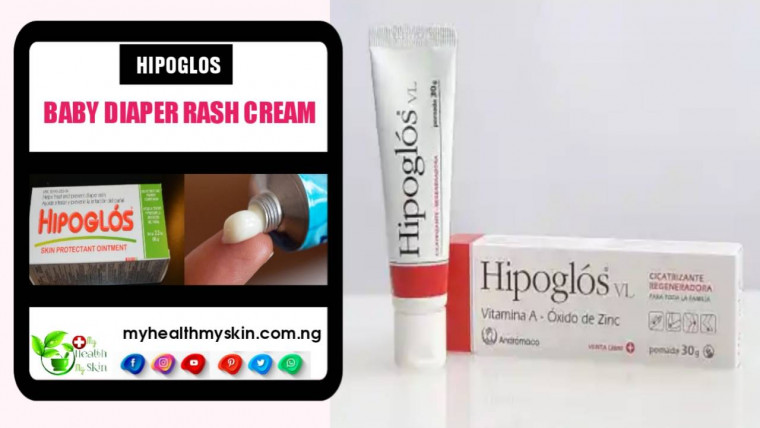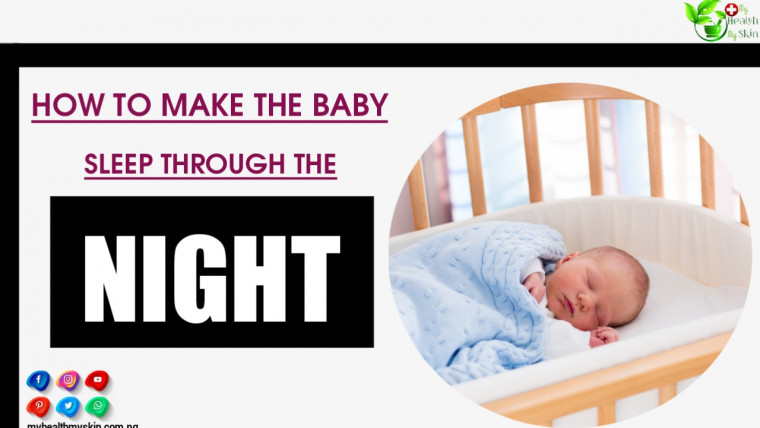When the immune system sees a harmless substance as harmful, it reacts to this situation and an allergic reaction occurs. When the immune system sees the substance entering the body as a threat, it leads to the production of antibodies, and these antibodies fight the substance, which is considered dangerous, and histamine is released.
The substance that causes an allergic reaction in the body is called an allergen. Many allergens can cause allergic reactions, which are very common in babies. As with older children and adults, babies can develop allergies to the things they eat, touch and breathe.
[lwptoc]
Allergy Symptoms in Babies
When there is an allergic reaction, the body reacts to this situation and produces some symptoms. A baby with allergies may have one or more of the following symptoms:
- Itching in the nose and eyes,
- Red, fluffy eyes,
- Sneezing,
- Growling,
- Dry cough irration,
- Restlessness or fatigue,
- Runny nose or blocked nose,
- Headache,
- Sleep problem,
- Itchy ear canals,
- Shortness of breath.
One or more of these symptoms may be in your baby. The factors that lead to the formation of these symptoms are ranked in three categories; seasonal allergy, food allergy, environmental factors.
Allergic Reaction rash Baby
Rash allergy in babies: The rash is very common, even in healthy babies. It can occur a few days after the baby is born and is usually the result of the baby’s sensitive skin getting used to the new and different environment. Most skin rashes are harmless and often resolve on their own.
The most common in infants is the newborn rash, baby acnets, host, baked, clogged oil decorations, eczema and urticaria (hives).
What does allergic reaction rash feel like in babies?
Babies have an unstable immune system, so various substances from food and the environment cause an allergic reaction. Allergies in babies most often manifest themselves in the form of changes in the skin and mucous membranes.
Skin is the most sensitive to allergen. In response to allergic substances, the skin is covered with a rash that may occur in the body or only some places.
More frequently, allergic rashes in a child are seen in the cheeks, hips, legs and natural folds – in elbow folds, tall and in the groin area.
Rarely, allergic rashes are seen in the infant in the ears or handfuls. A different distinctive feature of the prickly heat is the symmetric arrangement of allergic rash. The baby sleeps with sweating is more often affected or just the neck area.
Allergies in a breastfed child may cause the substances that their mother had eaten. Therefore, breastfeeding women chocolate, red and orange fruits, nuts, shrimp etc.
Any complementary food can cause allergies, so it should be slowly used to monitor the body’s response to this product. When an allergen enters the mother milk or in the intestine, it is absorbed into the bloodstream and spreads to the body.
The allergic reaction may show itself in the rash of various calibrators; In severe cases, the rash changes into large bubbles.
A small rash quickly explodes and has a flake-stamp appearance. By allergies, skin touches the touch, in an elastic manner.
In such a volume, new rashes lead to micro cracks, the epidermis is easily injured and the capillary blood occurs when scanned.
It is observed that sometimes “wet surface” with great drain rash. The improvement process takes a long time and requires careful care.
In the case of allergic rash, the content of the vesicles is serous, ie. transparent. A infection such as the miscarriage or scanning of the skin, such as an infection such as staphylococcal or streptococca.
In this case, the fluid of the bladder is cloudy, sometimes yellowish. The process of recovery is difficult to improve.
With a local rash, the affected area will be hyperemic, ie cheeks or hips will turn red. If the rash is spread on the body – the content of the pimples with the content and a red in them. Always accompanies the allergic symptoms, so the baby sleeps badly, bad.
Generally, allergy may be localized in mucous membranes – the lips are affected by the lower eyelid labiada – girls. In these places allergy shows itself with a small dot rash that is accompanied by severe itching.
Sometimes infants develop a contact allergy characterized by the emergence of fine grained debris in places in contact with an irritating area in the perine region, for example in the perine region.
A rash in the body may occur and after using a new baby soap, sometimes a particular composition of clothing fabric does not fit the baby’s skin.
In cases where allergies is not excluded from the feeding of the baby or breastfeeding mother, the symptoms of allergies are more pronounced and poured. With the exclusion of a food product that contains allergic substances, you can try to re-enter the baby’s immune system again after the baby’s immune system.
Causes of Allergic Reaction rash in Babies?
The rash is a common symptom in babies with ispa. The infants with ISPA are usually seen more than one symptom, and these symptoms may vary. If you think that your baby is a rash, this may be due to ISPA.
Nutrient allergies such as cow’s milk protein allergy (ispa) can cause rash in your baby. The other common causes of the rash are bacterial, fungal or viral infections.
In your baby, you may also have noticed other symptoms other than the diarrhea that can affect other parts of the body. You can easily use the symptom checklist to easily understand the common symptoms associated with the ISPA.
Food allergy in Babies
The symptoms of food allergies in infants may occur after several minutes or a few hours. Symptoms of some drug allergies such as redness may not be seen several days.
The largest symptoms of food allergy in infants are the following; hives or rash, itching, growl or shortness of breath.
Food allergies may also cause nausea, vomiting and abdominal pain. The symptoms of the food allergy may also be very serious as they can be very slight.
A serious food allergy may be vital to danger. There are major foods leading to food allergies in infants. These foods; Cow milk, eggs, fish, nuts tree, peanuts, soy, wheat, shellfish. Allergies to some nutrients are exceeded towards the end of childhood.
For example, egg allergy and cow-milk allergy is among the allergies that most infants are grown. For this reason, egg and cow’s milk allergy are very rare in adults. But the hazelnut or peanut allergy can continue for life.
The food at the babies fed with breast milk can pass the food to the baby through milk. For this reason, the diet list is organized in babies with food allergy.
Environmental allergies in Babies
Babies can develop allergies against many things that are unwinded in the air. Common triggers of environmental allergies include; Pets feathers, mattresses or bed linen, dust mites (mite), home cleaner products, detergents, soaps and shampoos. Clothes that directly contact the baby’s skin may cause an allergic reaction. The detergent used in particular newborn infants’ clothing should be as well as the detergent and odorless as possible.
Seasonal allergies in Babies
In certain times of the year, pollen numbers rise. This situation prepares the ground to the formation of allergic reaction by adversely affecting some babies. Seasonal allergies often indicate itself in certain months of the year. However, in some cases, the seasonal allergies may be long-term due to the pollen closed areas. Seasonal allergies are also known as “hay fever.” Some of the symptoms of seasonal allergies are; The sensation of itching in the eyes, blocked nose, runny nose, ears, itching in the throat. If seasonal allergies are not treated, asthma may turn into health problems such as sinusitis, ear infections.
Diagnosis and Treatment of allergy in Babies
If any of the allergy symptoms in infants is any of the symptoms, it will be useful for your baby’s health. The allergyist is one of the most reliable resources that can determine if your baby is allergic.
The best way to control and manage an allergy is to know what the allergic substance causing allergic reaction. Faring away from allergen will prevent the allergic reaction. Your allergy expert can take a series of tests to find allergens that cause reaction to your baby.
One of these tests is the skin test. The substance suspected to allergies in your baby with the skin test is placed in a very small amount under the skin.
The substance suspected that the substance that may be allergen is performed under the skin, and if the substance reacts to that substance, the body reacts to the body, it is considered an allergen.
If the body does not respond another substance tried. The blood test or the elimination diet is also among other methods referenced to detect the allergies. Foods that may cause allergies in the elimination diet are left off the list and the baby’s condition is observed.
These foods are then gradually added to the list and are tried to be determined whether the nutrients are caused by allergic reaction. The road to be monitored after the allergen material is detected is easier.
Different treatments are applied to the baby’s condition and conditions. Your allergy specialist will determine the treatment to be applied according to your baby’s allergy level and their symptoms.


